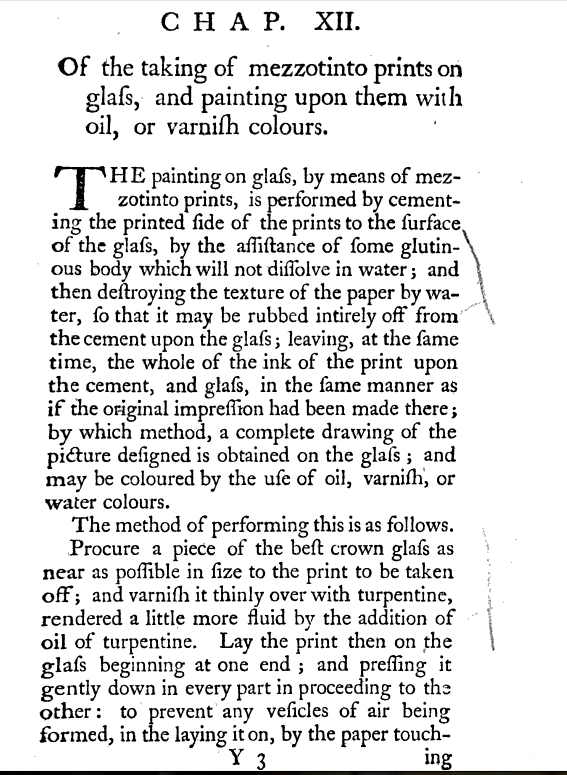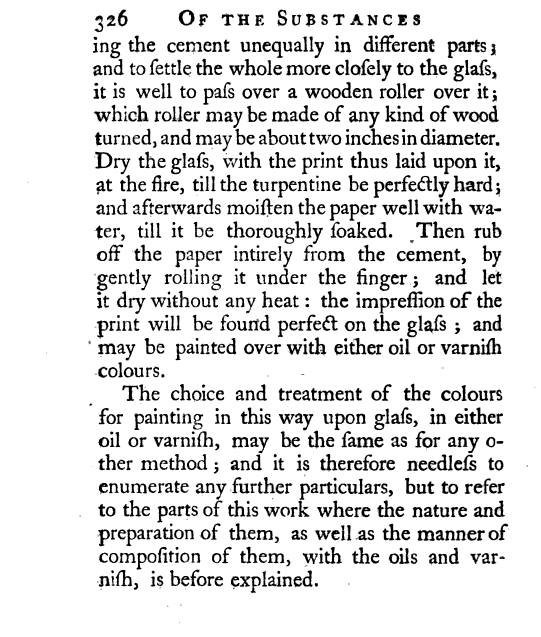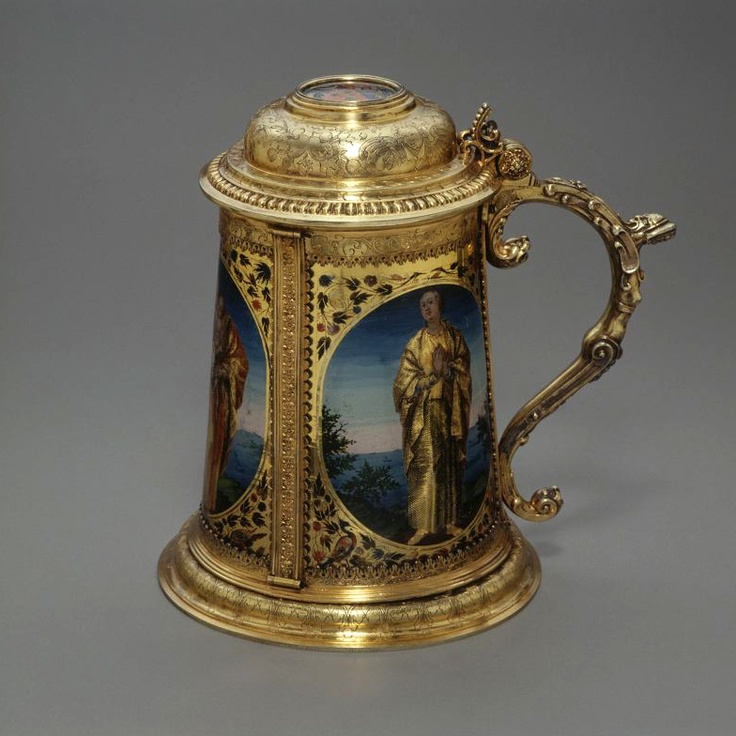Enamel is powdered glass fused to a metal. The basic flux consists of materials such as sand, soda, potash and lead with metal oxides, added to provide colour. Some of the precious objects made during the medieval period were decorated with enamel applied using one of a number of technical processes. The main techniques employed are known as cloisonné,champlevé,basse-taille,émail en ronde bosse and plique-à-jour enamelling.
Basse-taille enamel:
During the final decade of the 13th century, English goldsmiths began to exploit a technique developed in Italy during the 11th century known as basse-taille, in which an engraved metal surface was covered with transparent or translucent coloured enamel.
In the Victoria and Albert Museum (see London: Victoria and Albert Museum) there is a double-sided silver-gilt pendant depicting, on its front, The Annunciation, and on its reverse The Death of the Virgin. Made in c. 1350, in either England or the Southern Netherlands, it is one of the finest surviving examples from the period of the basse-taille technique.
'Translucent enamels were often applied to precious metals with chased designs, creating jewel-like tones in a tecnique known as basse-taille' - Limoges Enamels at the Frick Collection.
V&A Objects:
http://collections.vam.ac.uk/item/O105323/diptych-unknown/
http://collections.vam.ac.uk/item/O105310/pendant-unknown/
http://collections.vam.ac.uk/search/?offset=15&limit=15&narrow=&extrasearch=&q=basse-taille&commit=Search&quality=0&objectnamesearch=&placesearch=&after=&after-adbc=AD&before=&before-adbc=AD&namesearch=&materialsearch=&mnsearch=&locationsearch=
Met Objects:
http://www.metmuseum.org/collection/the-collection-online/search?ft=basse+taille&ao=on&noqs=true
Other basse-taille enamel on pininterest
https://www.pinterest.com/jm0358/enamel-basse-taille-and-engraving/
Source:
Brill’s Medieval Reference Library
http://referenceworks.brillonline.com.ezproxy.cul.columbia.edu/entries/encyclopedia-of-medieval-dress-and-textiles/enamel-COM_294?s.num=0&s.f.s2_parent=s.f.book.encyclopedia-of-medieval-dress-and-textiles&s.q=ENAMEL
Reverse painting on glass
As an intermediary genre between panel painting and stained glass, reverse painting on glass is an art form that has not received its due appreciation in art history. In the art-historical context long subsumed under the term stained glass, it was not clearly regarded as an independent genre. Many objects from the Middle Ages demonstrate an elaborate production technique. In the last decades, research followed by several exhibitions highlighted the acceptance of “Hinterglasmalerei”—the German term for reverse paintings on glass—and corrected mistaken ideas concerning their technology
The European tradition of painting on the reverse side of a piece of glass, and intending that the decoration be viewed from the glass side, has a long history. The art of applying colors to the reverse side of a piece of glass originated in Antiquity (Keiser 1937; Dreier 1961; Ryser 1992). This technique, which had survived in the Byzantine Empire since Late Antiquity, is found in thirteenth century Italy. Initially, small-format panels, painted from the reverse side and backed with gold, were worked as inlays into segments of architecture and into liturgical apparatus. Since the fifteenth century, well into the sixteenth century, devotional and decorative objects like house altars, reliquaries, and kissing paxes were produced in the southern and northern European countries.
The technique used for reverse painted glass in the countries north of the Alps is close to stained glass. Glass is the substrate material in both cases; in reverse paintings, the glass is decorated with pigments in organic binding media (so-called cold painting), while stained glass is decorated with enamels that are fired onto the glass. The crucial difference is revealed in the role of light: reverse paintings on glass are viewed solely with the light falling onto them in reflected light. Such framed pictures are always painted from the front to the back, because the glass surface is the side exposed to view. Stained glass, by contrast, has its particular effect by virtue of its transparence and light falling through it (transmitted light—Ryser 1992; Salmen 1997; Jolidon 1999; Bretz 1999).
For the late medieval glass paintings, as a first layer, black contours were drawn with a pointed brush onto the glass, and a variety of techniques from brushwork to partially crosshatching with a pinfeather or needle were used for shading (Fig. 1). Oil-based paint was applied afterwards in different colors and shades. For creating more sparkle and luminosity, colorful translucent lacquers were also used and backed with metal foil (gold, silver, or tin)—a technique known as verre eglomise, after Jean-Baptiste Glomy, the artist who popularized the technique (Bretz 1999).
Such painting or drawing technique can be carried out only with a special, rapidly drying painting medium. Black enamel, a lead glass colored black with iron oxides (and usually containing copper compounds), fulfills this requirement when for example gum is added to it as a binding medium.
Source:
'Pigments, dyes, and black enamel—the colorants of reverse paintings on glass' by Oliver Hahn etc.
Reverse painting on glass is an exceedingly specialized art and not one that a conventionally trained panel painter could readily master, given that the paint was applied in the reverse order of easel painting, and that neither corrections nor overpainting was possible.
Source:
http://search.proquest.com.ezproxy.cul.columbia.edu/docview/1640724643?accountid=10226
'Conservation of Easel Paintings' book p111
Verre églomisé
Verre églomisé is glass decorated by gilding or painting. The design is applied to the reverse side, so that details and objects in the foreground must be delineated first and the background last.
http://www.kettererkunst.com/dict/verre-eglomise.php
Met objects:
http://www.metmuseum.org/collection/the-collection-online/search?&ft=Verre+%C3%A9glomis%C3%A9&when=A.D.+1400-1600&pg=1
Cleveland
http://www.learn.columbia.edu/treasuresofheaven/relics/Reliquary-Frame.php
Courtauld
http://courtauld.ac.uk/gallery/what-on/exhibitions-displays/illuminating-objects/a-pendant-in-the-form-of-a-book/a-pendant-in-the-form-of-a-book
Fitzwiliam
http://webapps.fitzmuseum.cam.ac.uk/explorer/index.php?oid=28233
Walters
http://www.learn.columbia.edu/treasuresofheaven/relics/Wing-of-a-Reliquary-Diptych-with-the-Crucifixion-and-Saints.php
Transfer prints to glass
The handmaid to the arts [by R. Dossie.] 1764


Curved glass - used for drinking glass
Hans.Jakob. Sprüngli c.1620

Models for copy
Later in the 16th century, favorite models for religious subjects were the woodcuts and engravings of Bernard Salomon (c.1508-after 1561) published as illustrations for Bibles moralisees in his native Lyon. Primarily representing scenes from the Old Testment, these books made the private imagery of illuminated manuscripts available to a wider public, explicating the scenes through descriptive texts.
Gilding on glass
See cennino cennini - he talked about using egg white to gild glass with gold leaf
Relationship between painter and goldsmith
http://university.langantiques.com/index.php/Renaissance_Jewelry#cite_note-1